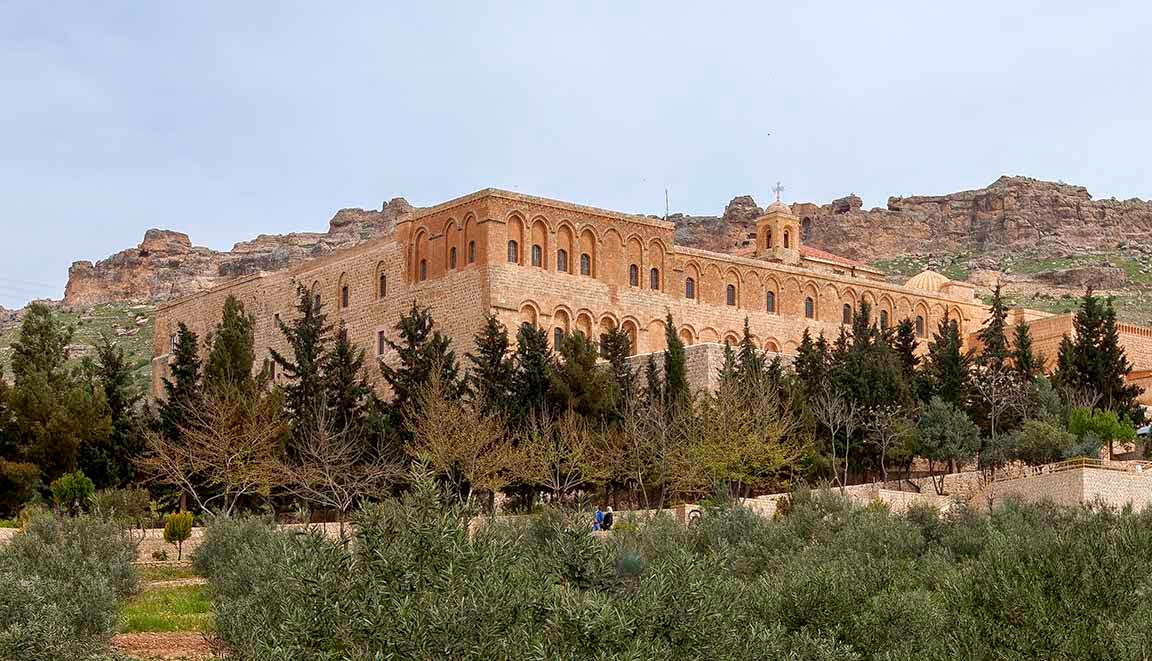Tibet | Takten Damcho Ling | Taranatha
I posted previously on The Great Stupa of Jonang and Dölpopa. A couple of miles down the side valley in which the stupa is located, fronting on the main valley of the Tsangpo River, is the monastery of Takten Damcho Ling, founded by the famous historian and Kalachakra practitioner Taranatha, the Previous Incarnation of Zanabazar, the First Bogd Gegeen of Mongolia.
The lower section of the Takten Damcho Ling complex, with the Tsangpo River in the distance
Another view of the lower part of the complex.
Taranatha (1575–1634) was, at least within the Jonang tradition, thought be an incarnation of Kunga Drölchok, who like Dölpopa had been born in what is now Nepal. Also like Dôlpopa, Kunga Drölchok was first a follower of the Sakya sect. He eventually received the Jonang transmission of the Kalachakra Tantra and other Jonang teachings. Later he was asked to head the Jonang sect. After he died, Taranatha become leader of the Jonangpa. In the words of Cyrus Stearns, author of The Buddha from Dölpo: A Study of the Life and Thought of the Tibetan Master Dölpopa Sherab Gyaltsen:
In the history of the Jonang tradition, Taranatha is second in importance to Dölpopa himself. He is responsible for the short-lived Jonang renaissance in Tsang and Central Tibet during the late sixteenth and the early seventeenth centuries, and the widespread revitalization of the shentong theory in particular.
He was one of the last great translators of Sanskrit tantric texts into Tibetan and was an incredibly prolific writer himself. His History of Buddhism in India and The Origin of Tara Tantra
and The Origin of Tara Tantra are still in print today.
are still in print today.
Takten Damcho Ling was established by Taranatha in 1615 with funds provided by the Tsang ruler Desi Puntsok Nyamgyal (the monastery is also known as Puntsok Ling). When it was finally completed in 1628 it was the largest Jonang monastery in Tibet, boasting of a large college, sixteen temples, and a printing press. Some 10,000 monks were said to live in the monastery and the surrounding area. According to monks there today many of the temples were destroyed during the Cultural Revolution. Currently eight of the temples are in use. The monastery also has a small guesthouse where I stayed when I visited. There are no other tourist facilities in the area.
Upper part of Takten Damcho Ling








